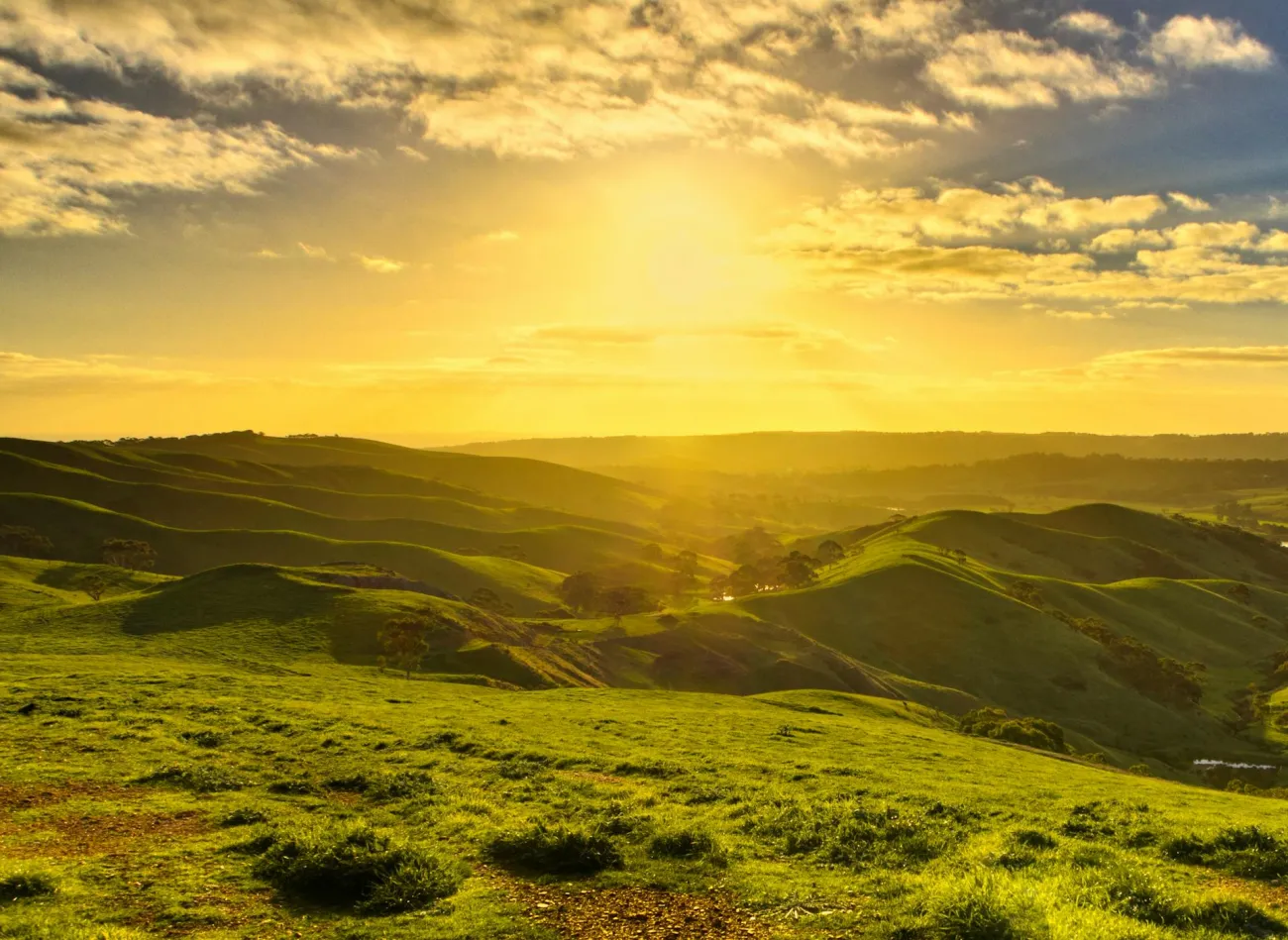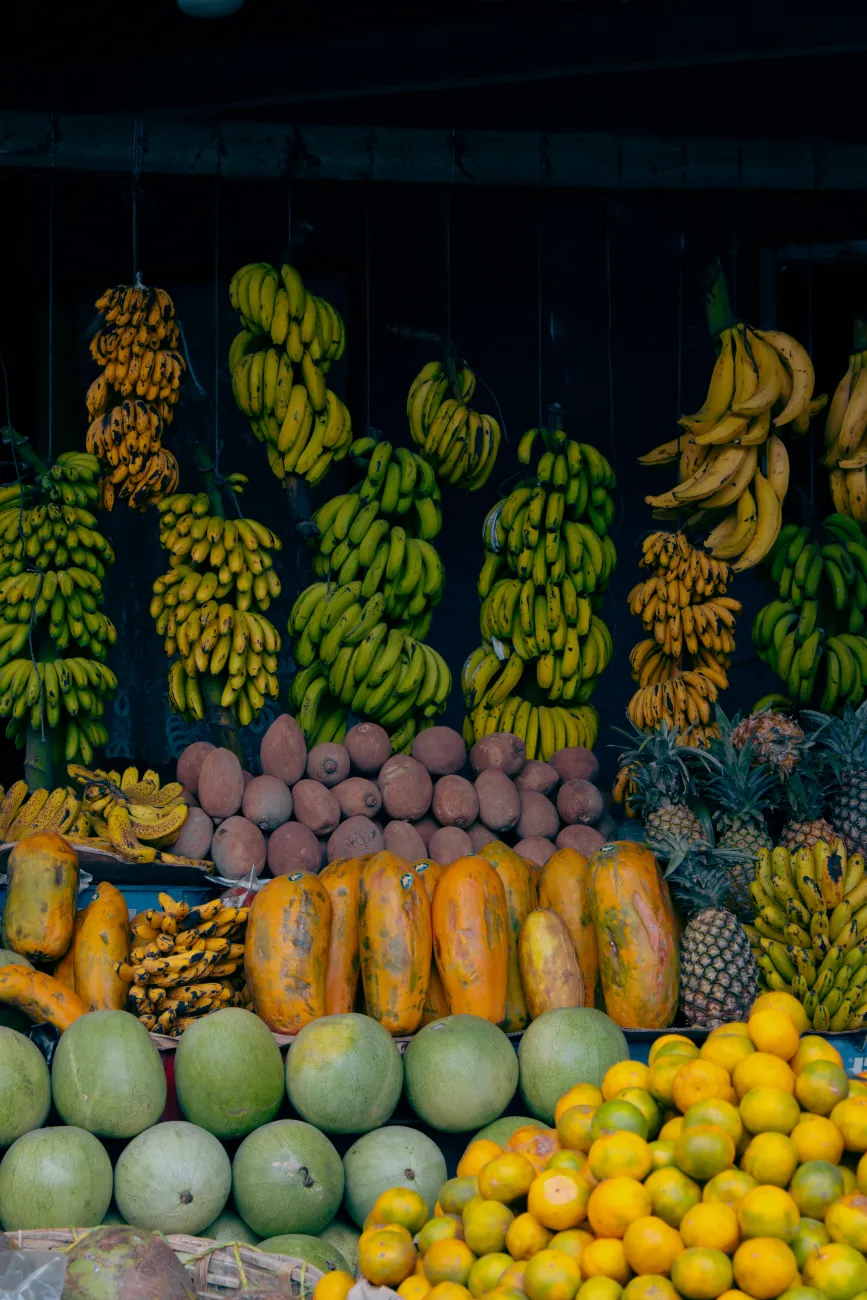This article in Science Daily is based on materials prepared by the French Institut de Recherche pour le Développement (IRD) It argues that Brazil’s reliance on agricultural exports to drive economic growth is environmentally unsustainable and highlights the link between deforestation for cattle grazing, soy production on cleared land which pushes cattle further into the forest, and the sale of high-value timber. The article states that government controls introduced from the year 2000 have scaled down deforestation from around 20,000 to 6,000 km² per year, but the threat of an increase in world demand is always just over the horizon, with implications for further deforestation.
This article in Science Daily is based on materials prepared by the French Institut de Recherche pour le Développement (IRD) It argues that Brazil’s reliance on agricultural exports to drive economic growth is environmentally unsustainable and highlights the link between deforestation for cattle grazing, soy production on cleared land which pushes cattle further into the forest, and the sale of high-value timber. The article states that government controls introduced from the year 2000 have scaled down deforestation from around 20,000 to 6,000 km² per year, but the threat of an increase in world demand is always just over the horizon, with implications for further deforestation.
You can read the Science Daily article here.
The IRD’s materials are here.
Note that China is now the world’s biggest buyer of Brazilian soy. The Nature Conservancy has published a report on the Brazil-China soybean trade – ref: Brown-Lima C, Cooney M and Cleary D (undated) An overview of the Brazil-China soybean trade and its strategic implications for conservation. The Nature Conservancy, Latin America
The report finds that “China’s demand for Brazilian soybeans has expanded, is expanding, and will expand. Much of that demand has been and will be met from the state of Mato Grosso, an agricultural powerhouse that also contains large areas of intact and highly biodiverse forests and grasslands. It is important to ensure, in containing the environmental impacts of soy in the Amazon, that pressure for habitat conversion is not simply displaced to the Cerrado.” The report also says “It is encouraging to see that under all the scenarios projected in this report, expansion in demand from China for soy in Mato Grosso over the next decade can easily be met through converting pasture to cropland,” but it doesn’t seem to consider the implications of that conversion for the release of stored carbon into the atmosphere.




Comments (0)